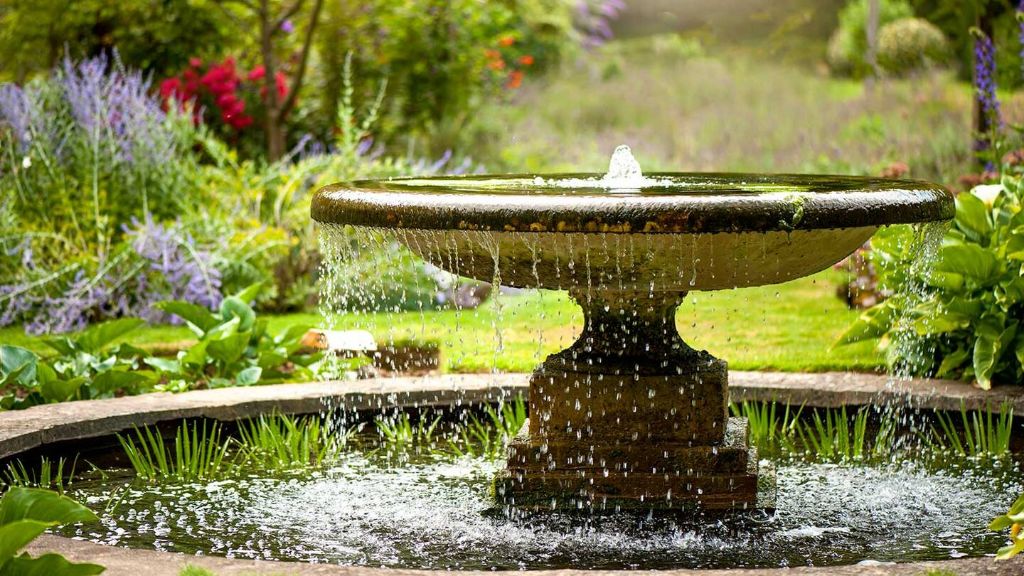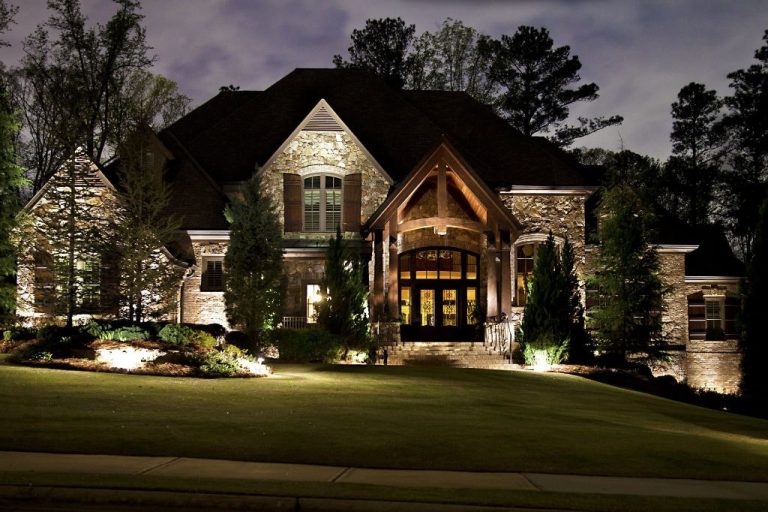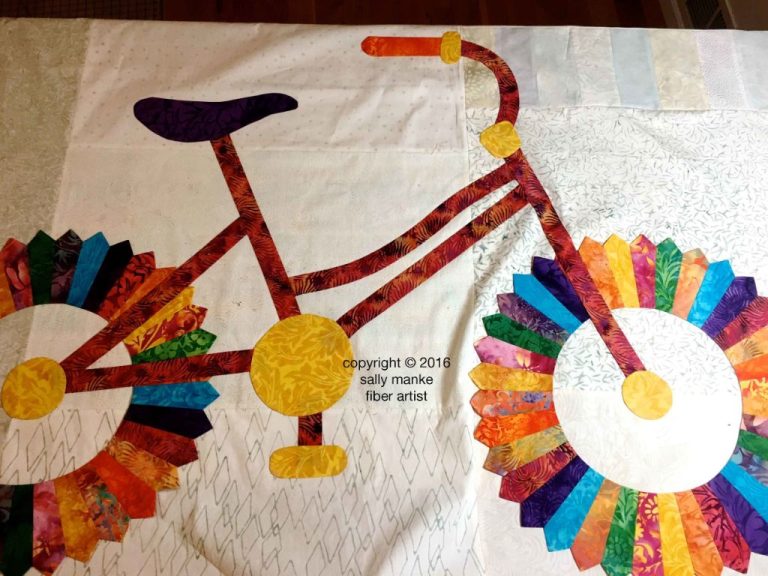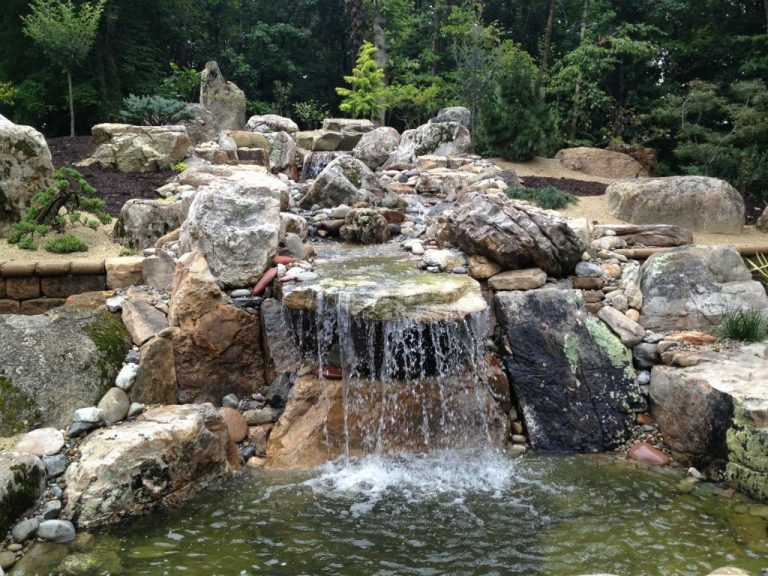English Garden Elegance: Timeless Landscaping Ideas
English gardens are known for their elegant and timeless designs that have influenced landscape architecture around the world. The English garden style emerged in the early 18th century as a reaction against the more formal, geometric layouts of Renaissance-style gardens like those at Versailles. According to the English landscape garden Wikipedia article, influential early proponents of the new naturalistic style included William Kent and Charles Bridgeman, who designed gardens for wealthy patrons that featured irregular shapes, sweeping lawns, woods and lakes rather than rigid parterres and hedges (https://en.wikipedia.org/wiki/English_landscape_garden).
Key elements of the quintessential English garden include open green spaces, curved pathways, irregular placement of trees and shrubs, water features like ponds and streams, architectural ornaments like statues and follies, and an overall natural look, despite being highly designed. The English garden seeks to blend house and landscape into one cohesive environment. This style inspired the more wild gardens of the Romantic era as well as the sprawling fields and planned landscapes of America’s early public parks.
Formal Layouts
Many English gardens take inspiration from grand French and Italian Renaissance garden designs and employ formal, symmetrical shapes and orderly layouts. The epitome of elegance, these gardens are defined by geometric patterns, neat hedges trimmed into rounded or angular shapes, and pathways arranged in symmetrical patterns like a grid or radial spokes.
Formal parterre garden beds filled with low shrubs, herbs, and flowers adorned ornate estate gardens in the 1600-1700s. Although less common today, parterres remain a hallmark of a formal English garden when laid out in a symmetrical pattern and edged by clipped hedges or stone borders. Another classic formal design element is a central water feature like a reflecting pool or tiered fountain as the focal point.
Paths paved in gravel, brick, stone, or tile patterns add visual interest when laid out in a symmetrical grid or looping shapes like a roundabout. Using clipped hedges such as boxwood to line the paths provides definition. Topiaries, obelisks, and statuary are ideal ornaments for a formal English garden.
While formal gardens require regular pruning and upkeep, they provide a graceful beauty and sense of order. The symmetry and geometric forms contrast with free-flowing planting beds in other areas to create an elegant landscape.
Informal Designs
In contrast to the symmetry and straight lines of formal gardens, informal designs embraced a more natural, free-flowing aesthetic. These gardens were influenced by the Picturesque movement in the 18th century, which emphasized irregularity and asymmetry to evoke a romantic, painterly quality.
Informal designs typically feature asymmetrical and curved planting beds that seem to meander organically, almost like they occurred in nature. Rather than orderly rows and precisely clipped hedges, plantings have softer, natural shapes and rambling habits. Pathways gently curve and wander, disappearing tantalizingly around bends.
These gardens invite leisurely strolling and discovery, as if one has happened upon a beautiful natural landscape. There is an element of surprise and wonder, with new views unfolding at every turn. Structures like pergolas, pavilions, and bridges add interest and charm, nestled artfully within plantings.
While informal designs appear casual and spontaneous, careful planning ensures harmonious integration of all elements. The English countryside inspired this naturalistic style, which remains popular today for its romantic, pastoral beauty.
Famous examples include Stourhead Garden in Wiltshire, which artfully incorporated a lake and picturesque landscape features. Others like Rousham House and Stowe Landscape Garden used winding paths and strategic plantings to guide visitors through ingeniously choreographed scenery.
Water Features
Water is an essential element in many traditional English gardens. The soothing sound of moving water and reflections of sunlight create an atmosphere of tranquility. Water features like fountains, lakes, streams, and ponds have been incorporated into garden designs for centuries.
Fountains are a classic water feature, often made of stone or marble. Elaborate tiered fountains may be the central point of a formal garden. Simple jet fountains or bubbling fountains can be tucked into flower beds or borders. The sound of splashing or flowing water enhances relaxation.
Lakes, streams, and ponds add the impression of spaciousness and promote biodiversity. Planting water lilies and other aquatic plants gives visual interest. Weeping willow trees near the water’s edge create a romantic, peaceful setting. Meandering streams connect different areas of the garden. Reflections of trees and clouds on the still surface of a pond has an appealing, meditative quality.

Whatever the size or type, water features invite wildlife like birds, dragonflies, and frogs into the garden. The soothing presence of water makes an indelible contribution to the traditional English garden.
Ornamentation
Ornamentation plays an important role in defining the elegant beauty of the traditional English garden. Focal points like statues, sculptures, and sundials add visual interest and personality to garden spaces.
Statues and sculptures made from materials like stone, metal, and resin make striking additions. Figurative statues depicting mythological characters or cherubs are classic choices, as this source explains: 76 English Garden Statues ideas.
Sundials are another ornamental element steeped in tradition. They serve both form and function by telling the time while complementing the garden’s classic style. Wrought iron trellises covered in climbing roses or ivy are also signature English garden features that add vintage charm.
Carefully chosen ornamentation transforms a landscape into a living work of art. Each decorative touch lends beauty, meaning and a sense of heritage.
Plantings
No English garden is complete without classic plantings like roses, lavender, boxwood hedges, and flowering trees. Roses have long been a staple in English gardens. They come in a variety of colors and add both fragrance and romantic beauty. Popular varieties include David Austin English roses, which bloom repeatedly from early summer to fall.
Lavender is another quintessential English garden plant, with its attractive gray-green foliage and fragrant purple flowers. It thrives in the English climate and looks lovely planted en masse or edging garden paths. English lavender (Lavandula angustifolia) is one of the hardiest varieties.
Neatly trimmed boxwood hedges lend structure and formality to English gardens. They make excellent borders, edging, and topiaries. Boxwood is hardy and deer-resistant. Other hedges like yew and beech are also common.
Flowering trees add height, spring blooms, and autumn color. Some classic choices are crabapple, cherry, and magnolia trees. They provide vertical interest and often attract pollinators to the garden. Flowering trees help connect the garden to the surrounding English countryside.
Hardscaping
Hardscaping refers to the inorganic elements integrated into an English garden’s landscape. Thoughtfully chosen hardscaping provides structure, complements the plantings, and enables you to fully utilize the garden space. Brick and stone are classic hardscaping materials that lend an elegant, timeworn feel. Meandering gravel or tile pathways guide visitors through the garden’s rooms and vignettes. Arbors, pergolas, statues, and benches enrich the garden as focal points and places to pause and enjoy the surroundings.
Brick or Stone Walls/Pathways
Brick or stone walls and pathways define spaces, direct foot traffic, and provide visual interest with their colors and textures. Both materials beautifully weather over time for a vintage appeal. Opt for a formal look with geometric patterns or go for a more organic style with irregular shapes. Low brick or stone borders edge planting beds and surrond segments of lawn. Wider pathways paved in a running bond or herringbone brick pattern invite leisurely strolls.
Gravel or Tile
For a crisp, clean look, integrate gravel or tile pathways. Gravel crunches underfoot and provides drainage. Popular gravel colors include tan, brown, white, and gray. Tile comes in endless colors and patterns, allowing creativity in design. Both gravel and tile pathways contrast nicely with the softness of lawns and planted beds.
Garden Structures
Strategically placed structures like arbors, pergolas, fences, benches, and statuary create an ornamented English garden. Arbors topped with climbing roses and pergolas wrapped in wisteria add vertical interest and a romantic feel. Short brick or stone garden walls divide spaces. Decorative iron or wood fences and gates secure boundaries or create a sense of mystery. Benches tucked into alcoves provide quiet resting spots to enjoy the garden’s beauty. Statues like classically inspired urns, columns, and sculptures make distinctive focal points.
Garden Rooms
One element that distinguishes English gardens is the use of “garden rooms.” This involves dividing the landscape into distinct spaces or “rooms” through the strategic use of hedges, trellises, pathways, and other garden features. Each room may have its own unique design, plantings, and decor. For example, there could be a rose garden, herb garden, vegetable garden, and shady sitting area. Pathways guide visitors from one room to the next, making the garden feel larger than it is. As this pin shows, garden rooms create an intimate yet expansive feel.
Hedges are commonly used to divide garden rooms and create privacy. clipped hedges with clean lines lend a formal look, while informal flowing hedges create a more natural feel. Trellises covered in climbing roses or clematis also make beautiful room dividers. Low garden walls constructed from brick, stone, or other materials can separate spaces in a stylistic manner.
Pathways should be designed to lead visitors on a journey through the garden rooms. Materials like gravel, brick, flagstone, or even grass can be used, depending on the style desired. Wider paths make the space feel open, while narrow winding paths create a sense of discovery. Strategically placed seating areas allow for rest and reflection between rooms.
By thoughtfully designing a series of outdoor rooms, the English garden can feel like a home itself – a place to enjoy nature’s beauty in garden vignettes personalized for the homeowner.
Lighting
Proper lighting is crucial for enhancing the beauty of an English garden at night. Strategically placed lanterns, uplighting, moon lighting, and path lights can create a magical atmosphere. Wrought iron or copper lanterns with candlelight or flameless candles make elegant accents along pathways or lining staircases. Uplighting placed in trees or aimed at architectural features highlights focal points and adds dramatic shadows.
Moon lighting utilizes fixtures mounted in trees or on posts to cast a moon-like glow over the landscape. These create an ethereal effect at night. Path lighting is essential for illuminating walking areas and stairs for safety and visibility. Copper path lights or small LED lights buried at the edge of paths are attractive options. For versatility, opt for solar-powered or battery-operated lighting that can be moved around the garden. As this event space shows, hanging Edison bulbs also lend a stylish ambience to English garden lighting.
Conclusion
In conclusion, an English garden design brings together many elements to create a cohesive and elegant landscape. Key design principles include formal and informal layouts, ornamental features like statues and fountains, careful plantings of flowers and trees, and hardscaping materials that unify the space. When thoughtfully executed, an English garden provides a feeling of beauty, harmony and timelessness.
The English garden style has remained consistently popular for centuries, adorning estates, public parks, and residential landscapes around the world. This is due to both the visual appeal of English gardens as well as their versatility – the style can be adapted to small suburban plots or vast country manors. By incorporating just some of the classic elements of the English garden tradition, any outdoor space can gain a touch of sophistication.
Most importantly, a successful English garden comes about through careful planning and attention to cohesive design. All the features should work together to create a landscape that feels integrated from the hardscapes to the plantings. With proper care and upkeep, the garden can become a treasured outdoor oasis for many years to come.






